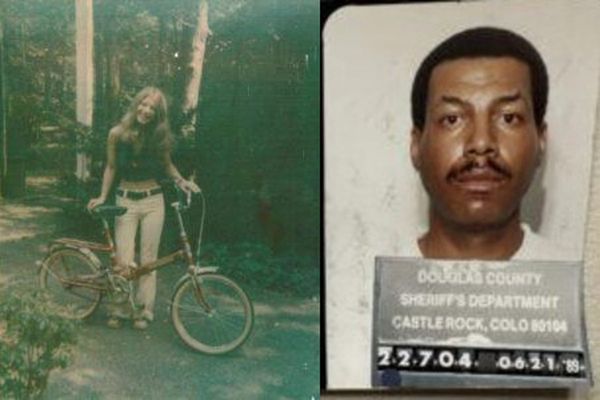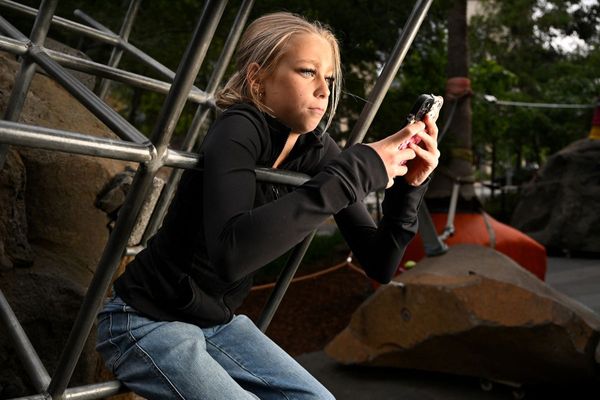All that’s left of a famous settlement called the Old Location in Windhoek, Namibia, is a graveyard and a monument to remember the residents who were killed while protesting their forced removal in 1959.
But a new open source book documents how the spirit and culture that drove resistance are kept alive by those who lived there.
After the Old Location massacre the national liberation movement Swapo would be founded to fight for independence.
The Windhoek Old Location tells the residents’ stories with historical images by Dieter Hinrichs and words by Henning Melber. We asked Melber more about the site.
What is a township and can you give us a brief history of this one?
Townships were established in southern African settler colonial societies by white minority regimes. They created reserves for ethnic groups classified as “tribes” to separate whites from other local communities in cities and towns.
In Namibia, the Old Location was the main residential area for Africans in the capital, Windhoek. The settlement was established from 1903 during German colonial rule. After the first world war German colonies were handed over to allied powers and South Africa was entrusted with the administration of its neighbour, turning it into a province-like entity.
Following South Africa’s apartheid doctrine, Black Namibians were physically separated by ethnic classification. The Old Location was then just called a Location. Residents were from various local ethnic communities, living together peacefully and sharing a common identity in daily life.
But since the late 1950s the residents were relocated to a new, ethnically subdivided township that had been demarcated further from the capital’s “white” city centre where many worked as underpaid labourers. The so-called Coloureds and Rehoboth Basters would then be separated and moved to a new suburb, Khomasdal.
When the Location’s “Native Advisory Board” was asked for a name for the new destination, it suggested Katutura. Through ignorance of the meaning of this Otjiherero word (“A place where we do not stay”), the proposal was adopted.
Towards the end of 1959, boycotts and demonstrations in protest of the forced removal were organised, mostly by women. On 10 December some 13 people were killed and many more injured in a clash with the police. The day is remembered as Human Rights Day/Namibian Women’s Day.
Residents who refused to move were deported to reserves. All homes were demolished. This destruction followed South Africa’s policy to raze established communities to establish white suburbs. The Location was closed in August 1968.
A year earlier, in August 1967, the first clash between South African soldiers and armed fighters of the liberation movement Swapo took place in the north of the country. The trauma of the forced removals from the Old Location was a turning point for a liberation struggle that would last until independence in 1990.
What role does memory play in telling this story?
The Old Location’s history has so far been preserved mainly in archives and people’s memories. We wanted it to be available in the public sphere. The book documents resilience and the determination to resist apartheid. It also highlights the unique social interaction in the Old Location.
It includes many personal memories. Bience Gawanas, chancellor of the University of Warwick, was born in the Old Location in 1956. Her father was a motor mechanic who owned a shop and filling station. He opposed the forced removal. In her preface she stresses the need
to tell our stories to bring back the values of humanity and community in our lives…
Uazuvara Katjivena, who published his grandmother’s story of the German genocide in Namibia, emphasises in his postscript:
Documenting aspects of what happened then and the lives we had under apartheid … are an important reminder that we did not surrender.
The voices of former residents recall a community nurtured by a spirit of extended family and solidarity. Zedekia Ngavirue, the Location’s first social worker, was involved in the resistance. Years later he said:
It was, indeed, when we owned little that we were prepared to make the greatest sacrifices.
For many, the Old Location was a place of security and harmony. Daniel Humavindu remembers:
The Old Location created a great family in which residents looked out for each other.
According to former resident Petrina Rina Tira Biwa:
The segregation we experienced when we moved to Katutura was not there.
“On Saturdays,” stressed educator and activist Ottilie Abrahams, “you are at the football field. Everybody used to go there, like a religion.”
And former resident Anna Campbell remembers two of the Location’s most famous bands, Johannes Mareko’s and Laydon’s:
It was safe to attend the dances. We also had films.
Why are the photos so important?
The book’s photos offer an authentic face and they capture the atmosphere of the time. They were taken mainly in 1959 and 1960 by young German photographer Dieter Hinrichs. After training in Germany he took a temporary job in a Windhoek photo studio. In his spare time he took the photos that today offer a rare glimpse into Black social realities of the time.
They show ordinary daily life and cultural activities. Dancing competitions were a weekend entertainment. Church events created togetherness. Every year the Location’s Coon Carnival would invade the Windhoek inner city.
Alongside these photos are others of the loss and pain that characterised the move to Katutura. In contrast, family portraits staged in the atelier of the local photo shop reclaim individual pride and dignity.
Aerial views contrast the motley Old Location with the soulless drawing board design of Katutura. The photo gallery in the book reveals humanity, an essential antidote to the dehumanisation of apartheid.
What happened after the bulldozers?
Katutura became a kind of open-air prison, where access was controlled and people were under constant observation. But they did not capitulate. Their struggle took new forms.
Katutura became the operational base for organised underground activities of the resistance. The Swapo Youth League was constituted there.
Read more: Namibia celebrates independence heroes, but glosses over a painful history
Those forced to live at “a place where we do not stay” entered new forms of social interaction. A thriving music scene blending local township tunes with pop culture kept alive the spirit of the Old Location. But much of its genuine social fabric faded.
What do you hope readers will take away?
That history matters. That the heroic narrative of a patriotic national historiography under a former liberation movement as government is not the whole story.
The often-nameless heroines and heroes deserve recognition. History hasn’t got just one truth to offer. Memories are mixed and even contested. Accounts of ordinary living conditions must be part of history.
So, the book attempts to restore a significant element of the struggle for liberation in formation. But also remembers the many forms of oppression under apartheid. It’s important to us that the book is in the public domain.
I hope the book can motivate a younger generation of Namibian scholars and activists to explore the country’s culture of resistance. Those still alive to remember get fewer.
Henning Melber does not work for, consult, own shares in or receive funding from any company or organisation that would benefit from this article, and has disclosed no relevant affiliations beyond their academic appointment.
This article was originally published on The Conversation. Read the original article.







